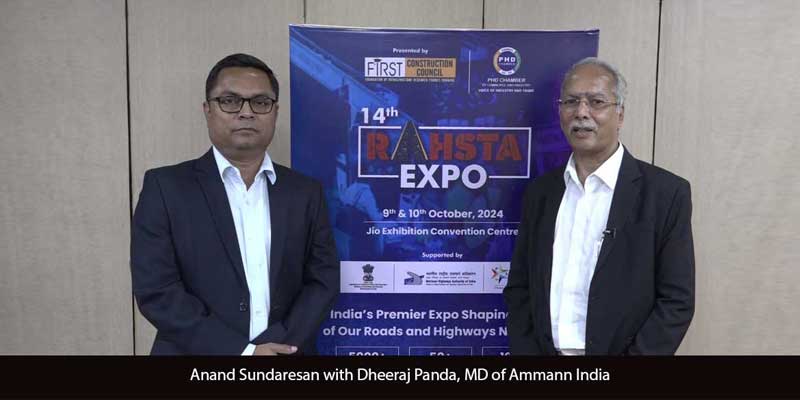Schedule a Call Back
Ravi Singh: Boost in employment is on cards in power sector
 Interviews
Interviews- Sep 29,21
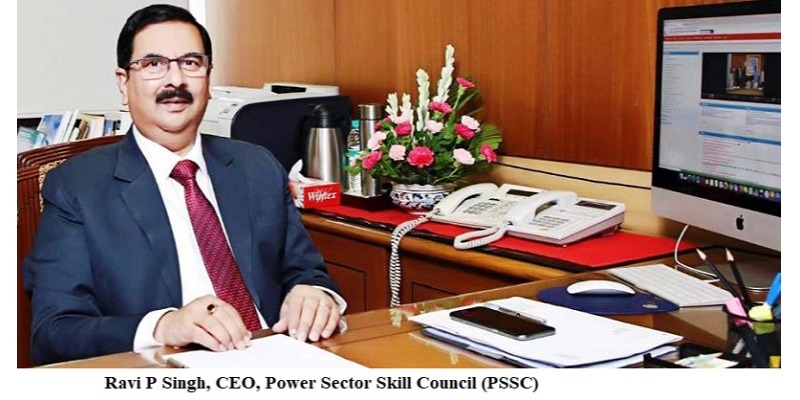
Related Stories

Salasar Techno acquires EMC Ltd via National Company Law Tribunal
Salasar Techno has grown into a large EPC (Engineering, Procurement & Construction) organisation. It has completed large projects for both private and public sector enterprises
Read more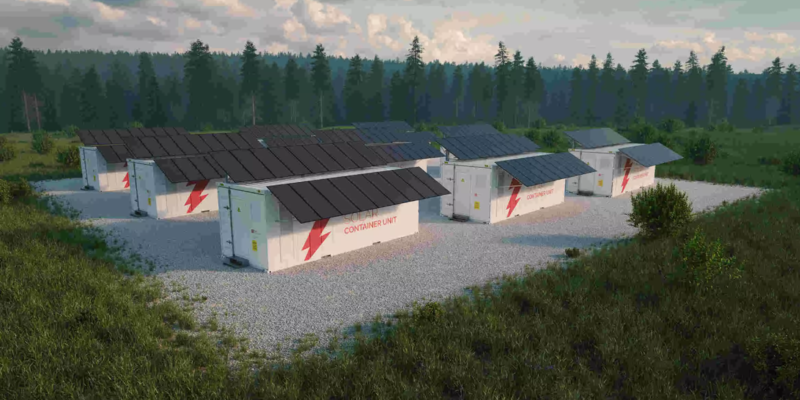
India joins Battery Energy Storage Systems Consortium led by GLC
In a collaborative push, India aligns itself with pioneering nations committed to securing 5 GW of BESS commitments by the end of 2024.
Read more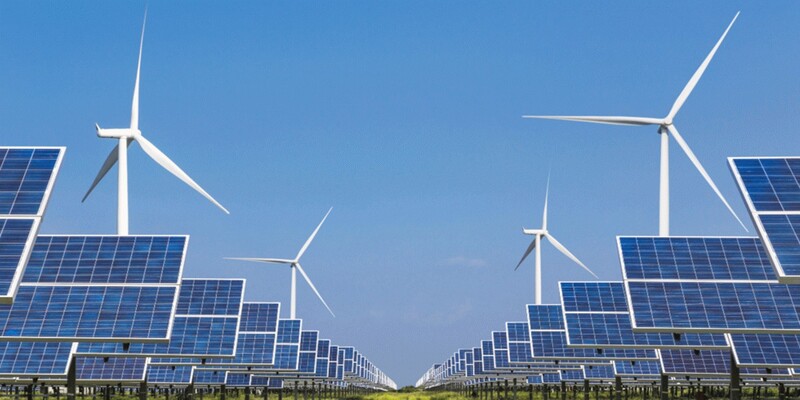
Serentica secures Rs 2600 crore funding from PFC for its renewable energy projects
Funding from PFC will go towards the development of Serentica’s upcoming 400 MW hybrid renewable energy projects in Karnataka.
Read moreRelated Products

Fluorescent Pigments for Traffic Cone
Aron Universal Limited offers a wide range of fluorescent
pigments for traffic cone.
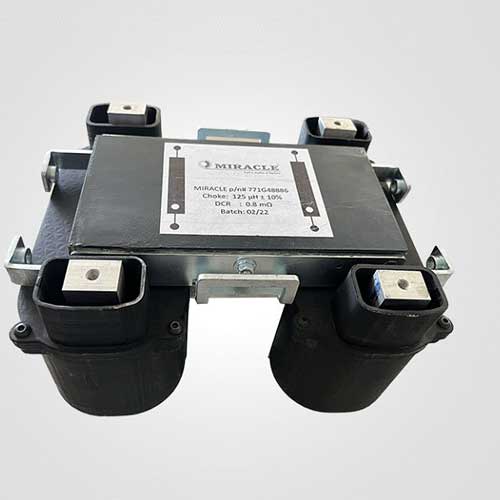
D C Choke
Miracle Electronic Devices Pvt Ltd offers a wide range of D C choke.

Temperature Control With Solder Bath
Hallmark Electronics offers a wide range of solder bath with temperature control. Read more




